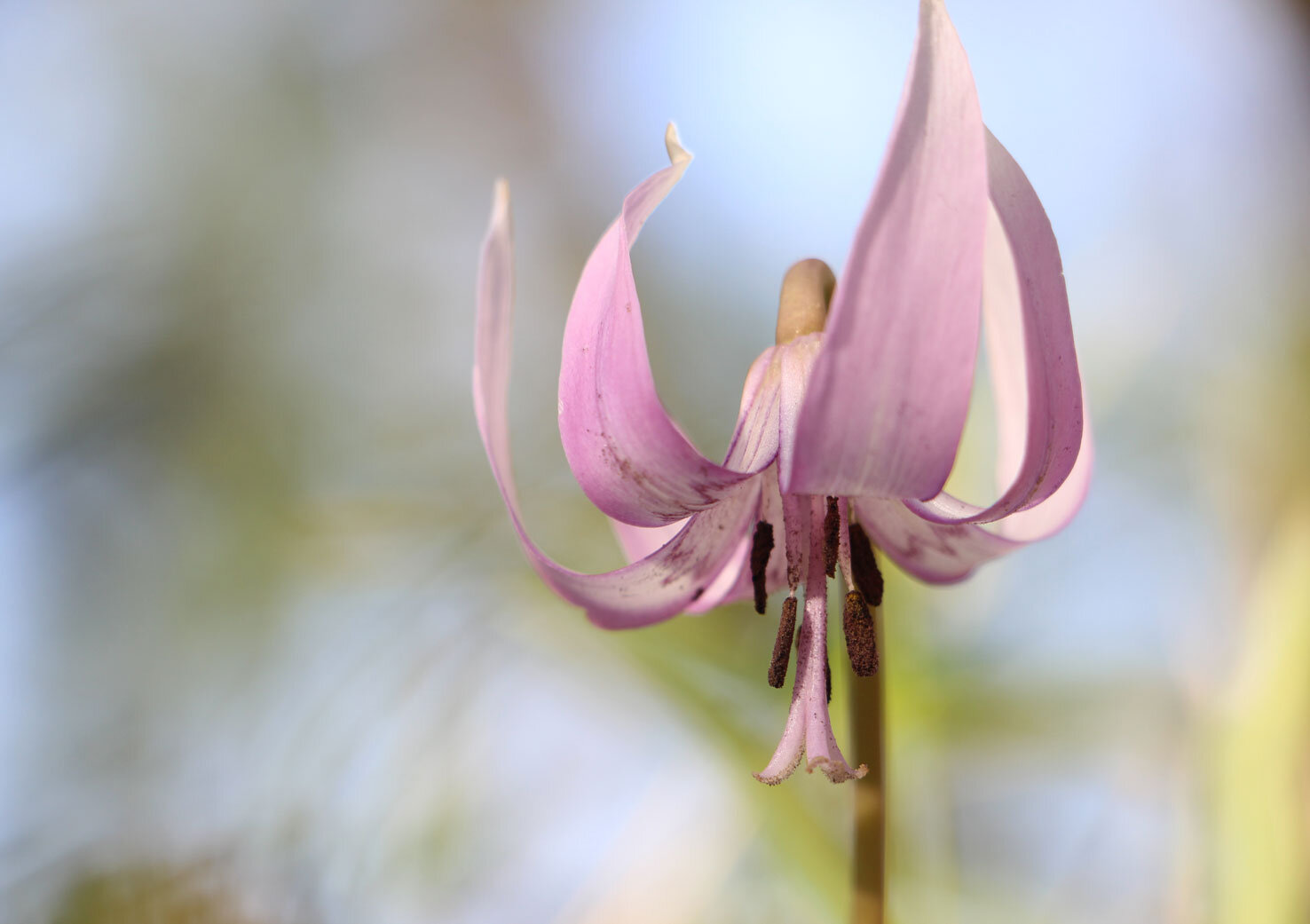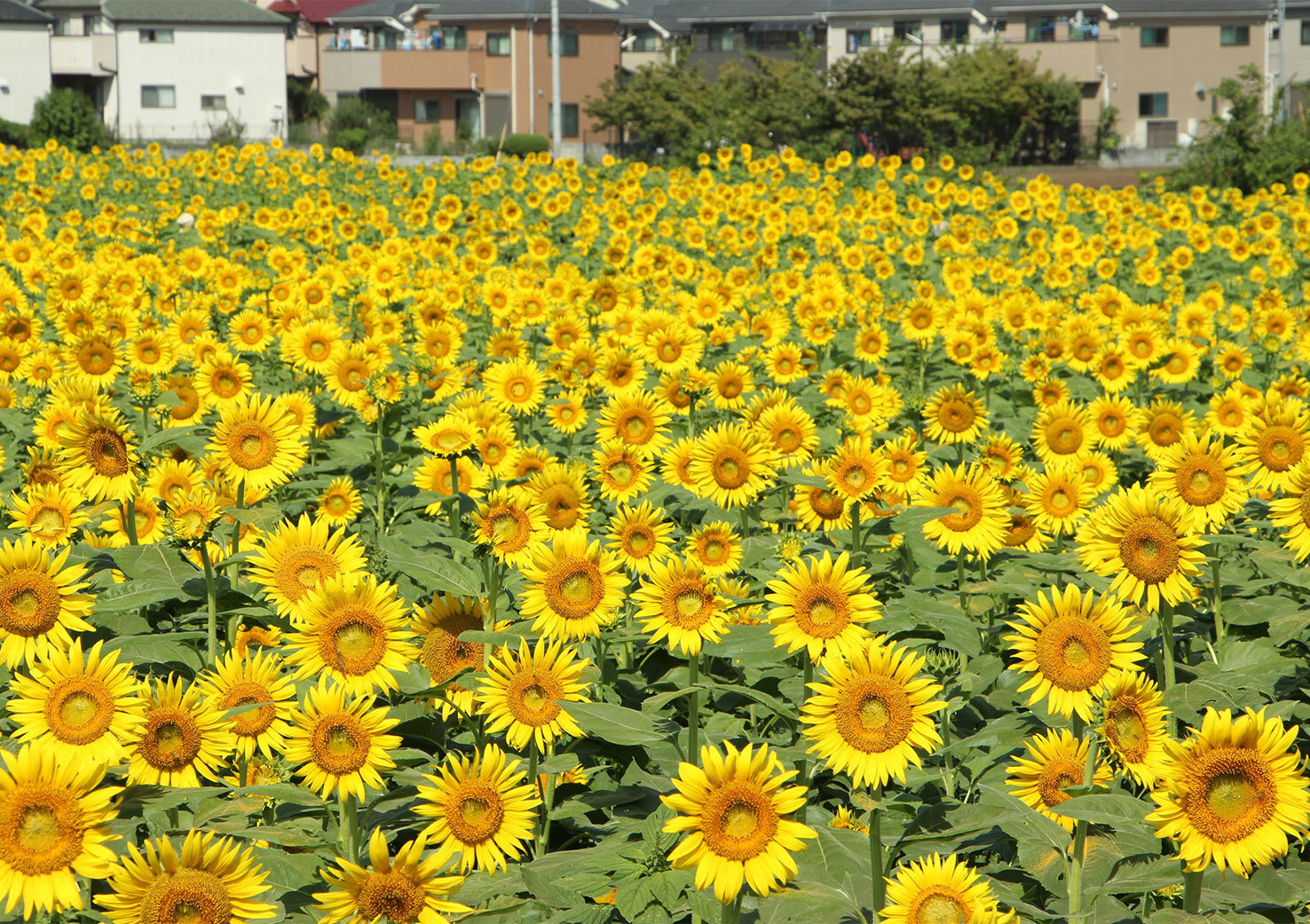Kiyose--Extensive Farmland and Deep Forests within Suburban Tokyo
Tokyo may have a well-established reputation as a concrete jungle thanks to its high population density and tight living quarters, but a rural and much greener side of the metropolis can be found just to the west. The northwestern city of Kiyose is one such place that, while still part of the Tokyo Metropolitan Area, offers a refreshing change of scenery, verdant and spacious.
Kiyose is widely known as a birdwatcher's paradise and calls out to keen photographers from across the country.
Kiyose was once considered primarily an agricultural zone, and at one point, most of its usable land was taken up by family farms. But with easy access by train to the urban areas of Tokyo, such as Ikebukuro via the Seibu Ikebukuro Line, Kiyose has become a popular place to live.
Nevertheless, this suburban city manages to strike a comfortable balance between residences, farms, and forests. Approximately 40 percent of the city is still farmland, where crops (primarily spinach and carrots) are grown and small dairy farms thrive.
Go Hunting for Farm-Fresh Fruits and Vegetables
With so much farmland around the city, it's not hard to find fields filled with growing crops, some right next to residential areas. Consequently, many residents purchase their fresh produce locally--from little stands set up next to the fields. Known as mujin hanbai (unstaffed shopping stand), these self-serve stands are a unique part of Japanese culture and can be spotted all over the country.
In many cases, the freshly harvested produce on the stand is already in plastic bags. Transactions are conducted via the honor system, where customers pay for the items they want by putting money through the slot of a small can or box, after which they take the items home.
Another, more sophisticated, type of mujin hanbai uses coin lockers with the fruits or vegetables placed inside small compartments. Inserting the correct amount of money for a particular item releases the lock, allowing the customer to open the compartment door and take the produce that's inside.
Both types of stands can be found all over Kiyose, and searching for them can become an adventure as you try to spot their banners waving in the breeze or their rustic wooden racks and tables set up near a field or on a roadside. Farms in Kiyose offer an incredible variety of crops for sale, albeit in limited quantities--so you never know what you might find there! Typical summer harvests include long, thin cucumbers, plump purple eggplants and red cherry tomatoes.
Stroll through Kanayama Park

Kiyose Kanayama Ryokuchi Park is the largest park in Kiyose and popular among locals as well as with bird watchers from across the country. It was created to recall some of the natural scenery of Musashino-no-Kuni, which was the provincial name of this area in Japan's feudal days.
In the center of this spacious park is a large pond that invariably attracts doves, ducks, and other waterfowl throughout the year. The lush foliage of abundant trees, including camphor, Japanese elm, and Japanese oak, also draws a great many wild birds, making this area a mecca for photographers who come to capture the birds through their lenses.
Natural-spring water flowing into the pond passes through a small firefly habitat, where there are also various wildflowers. Visit in late winter or early spring, and you'll likely see thousands of daffodils in bloom. If you're fortunate, you may even catch a glimpse of the elusive perennial dogtooth violet with its beautiful purple flower that blooms in early spring. (This flower also blooms in other places around the city.)

Bordering the park is the shallow Yanase River, and in summer you can see families setting up tents or barbecue grills alongside the riverbed while children frolic and play in the clear, gently flowing water. Further downstream, anglers cast lines for carp, Japanese barbel, Japanese dace, and other fish.
Enjoy Tokyo's Largest Sunflower Festival
Tokyo's largest sunflower field is located in Kiyose, and the annual Kiyose Sunflower Festival is held in the garden farms of Shimokiyoto from mid-August to the end of the month (regrettably cancelled for 2020). Over one hundred thousand sunflowers cover an expanse of nearly twenty-four thousand square meters, and the event typically attracts tens of thousands of visitors. Best of all, admission to the spectacular sea of yellow sunflowers is free of charge, with cut sunflowers and fresh summer vegetables available for purchase at vendor booths.

With its clean air and water as well as its numerous nature trails, Kiyose is an excellent place to refresh your body and mind--and to pick up some just-harvested local produce as well!
For more information
Kiyose City (Japanese)
Kiyose City - Guidoor (English)
This article was written by Noam Katz
*This article was posted on the Life in Tokyo website operated by the Tokyo International Communication Committee on August 27, 2020.
